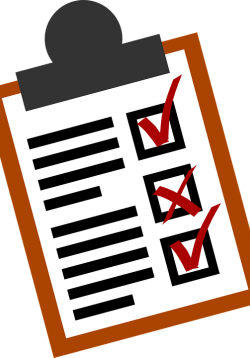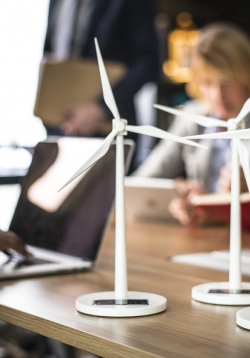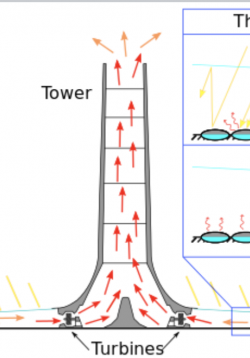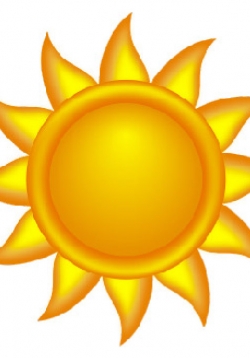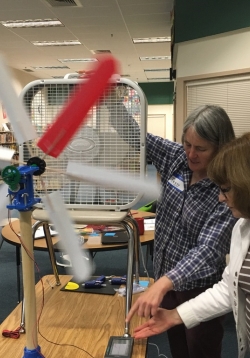Home Energy Survey
Students will learn how to determine what sources of energy are used in their home. They will determine types of energy used in their home through observation and interviews. This will be documented through a home energy survey sheet that students will...

